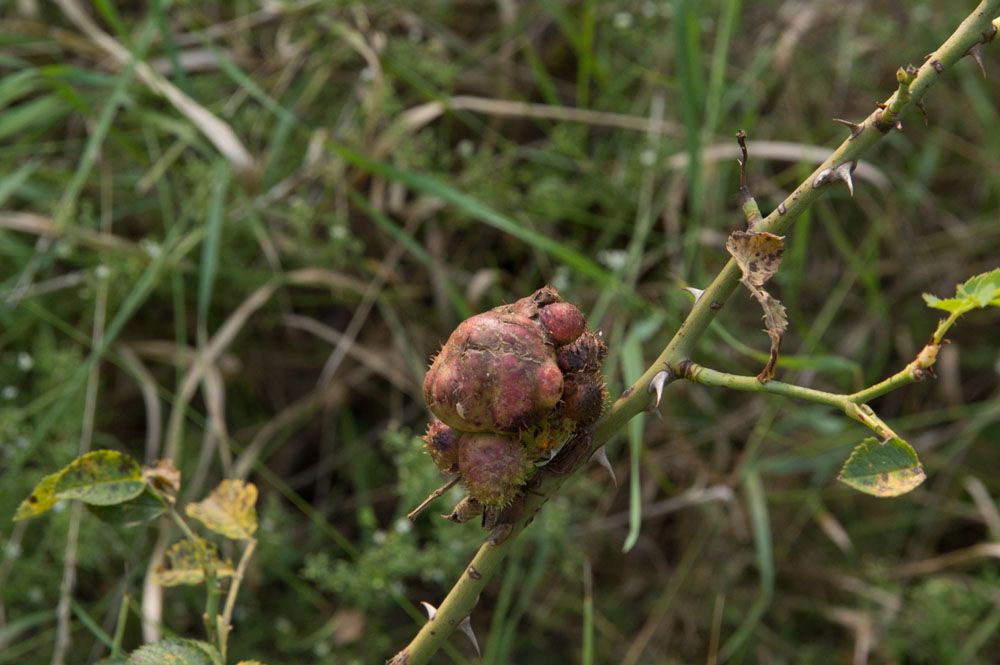
Rose Crown Gall
Rose Crown Gall
Meta Description: Want to get rid of rose crown gall? This article will help you to learn what rose crown gall is, What are its symptoms, and how to control rose crown gall?
While most plant diseases are caused by insects, there are some caused by bacteria and viruses as well. Not only are these harder to treat, but they also pose a greater risk of plant death. One such disease is the Rose crown gall disease caused by Agrobacterium tumefaciens. The bacteria causes the formation of an ugly tumor just above the surface of the soil or at the crown of the rose plant. This blocks the nutrient flow resulting in diminished growth, and in severe cases, death.
Since most bacterial diseases have the same symptoms, it might be hard identifying the root cause of the issue. This article covers all that you need to know about Rose crown galls, from their identification to treatment.
Symptoms of Rose Crown Galls:
It starts as a white or light green protuberance at the base of the soil. The tumor may also grow on the stems or branches; however, the most common site of infection on roses is the crown area, hence the name. As the disease progresses, the gall transforms into an irregular, brown, woody mass. Depending upon the intensity of the infection, there may be a single or multiple galls on your plant. The result is a weakened, stunted rose plant with compromised immunity.
Spread of Crown Gall:
Rose crown gall disease is commonly spread by unsterilized pruning and grafting equipment or plant wounds. The bacteria are already present in the soil as well as on dirty tools. The bacteria enter the plant through an opening or a wound and causes the proliferation of cells to form a tumor.
Disease Control:
Unfortunately, there is no treatment for the crown gall disease yet. However, you can control the further spread of the disease by disposing of the infected plant as well as its surrounding soil. This ensures no bacteria stay left behind to cause any future damage.
How to prevent Crown Gall Disease:
Follow these tips to minimize the risk of bacterial infection for a lush, green garden.
Before buying a rose plant, make sure there is no history of crown gall disease. Observe the plant thoroughly before planting it in your garden.
Always disinfect your tools after pruning or grafting, even if your plant is completely healthy. Household bleach serves as an excellent disinfectant.
In case of bacterial contraction, dispose off the plant properly. Burning it is a great way of making sure no bacteria is left behind.
Make sure your soil is of good quality, with proper drainage and nutrient supply.
While planting, make sure you do not cause any open wound that may pave the way to an infection.
Conclusion
Bacterial plant diseases like the Rose crown gall are hard to counter. But this does not mean that it is a lost cause. With the right management techniques, you can control and even keep your plants secured from any such outbreaks. If your plant is relatively young, the chances of infection are more compared to mature plants since they are able to withstand the negative effects of galls.
